Sikorsky H-5: One Seriously Ugly Helicopter
In this article, former U.S. Army helicopter pilot Dr. Will Dabbs takes a look at what might be the ultimate ugly ducking in the U.S. military’s rotary-wing history. The Sikorsky H-5 was an early helicopter that saw extensive use during the Korean War. It was initially designated the R-5 and was known as the HO3S in the United States Navy and United States Marine Corps. It is also acknowledged as the first commercial helicopter under the designation of S-51.
Modern jet fighter aircraft sport a meticulously designed paint scheme consisting of various shades of grey intentionally crafted to make the machine as difficult as possible to spot against background sky. Like everything the U.S. Air Force does, I’m sure figuring that out was just crazy expensive. However, I have read that grey is actually not the ideal color for high-performance tactical aircraft.
Supposedly the perfect color for such a machine is kind of pink. The scientific principle behind that is called Rayleigh scattering, and it accounts for the sky’s distinctive blue color. If the mission is to make a combat aircraft melt into the background at 35,000 feet some shade of pink is purportedly the optimal hue. However, even this deep into the enlightened Information Age, Air Force pilots retain enough residual dignity that they would sooner not fly pink airplanes. Who can blame them?
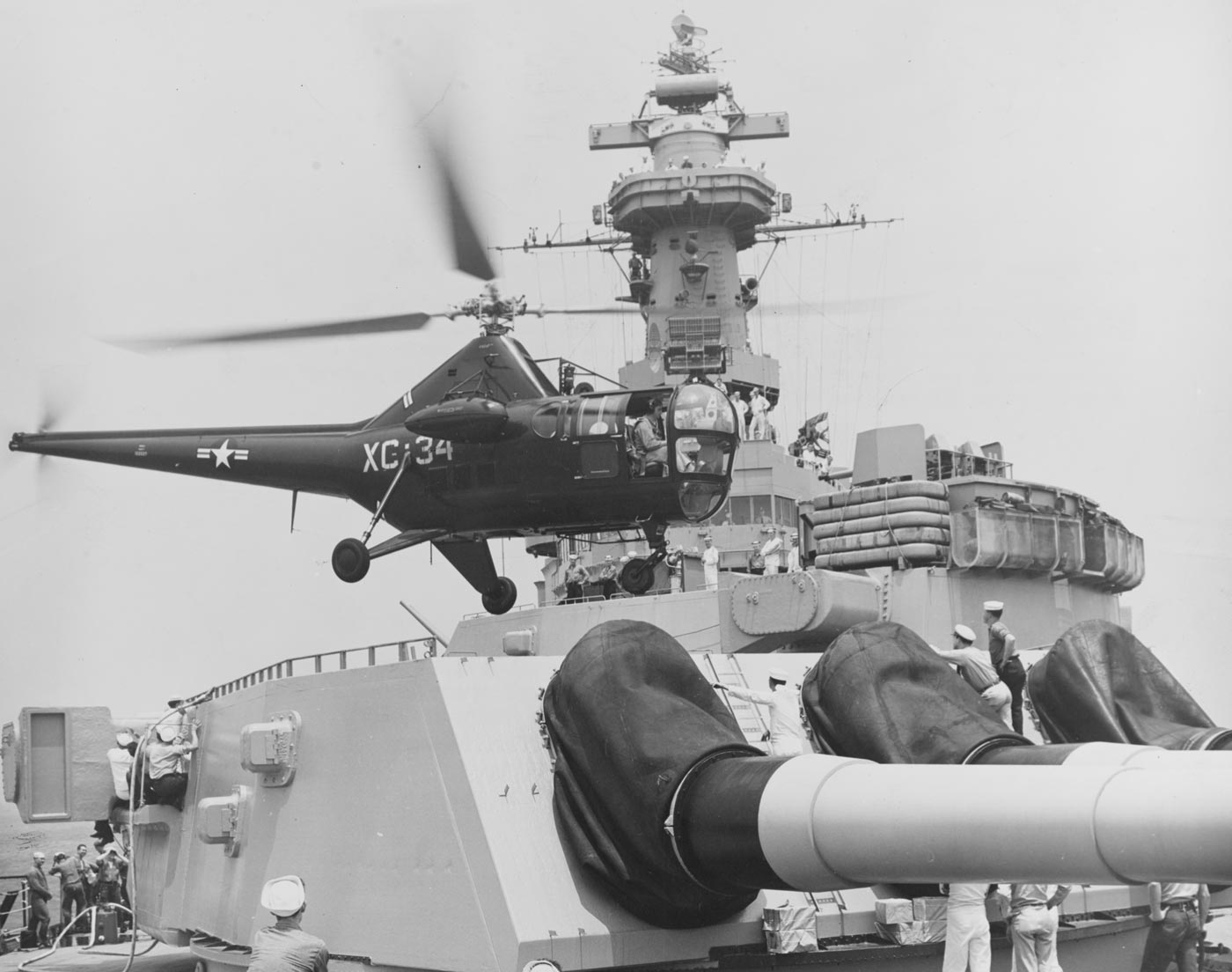
By extension, it has been reliably opined that real pilots also don’t want to fly ugly airplanes. Back in 1993, the Air Force embarked upon the Joint Strike Fighter (JSF) program. A broad field was eventually winnowed down to the Lockheed X-35 and the Boeing X-32. The X-35 eventually evolved into the Lockheed Martin F-35 stealth fighter, arguably the most advanced tactical jet in the world. By contrast, the surviving X-32A retired to the Air Force Museum, while the X-32B is stored forlornly outside in the weather at Pax River in Maryland. While the X-35 was indeed an exceptionally capable machine, one of the reasons the X-32 ended up in the rubbish bin was that it was just such a terribly ugly airplane.
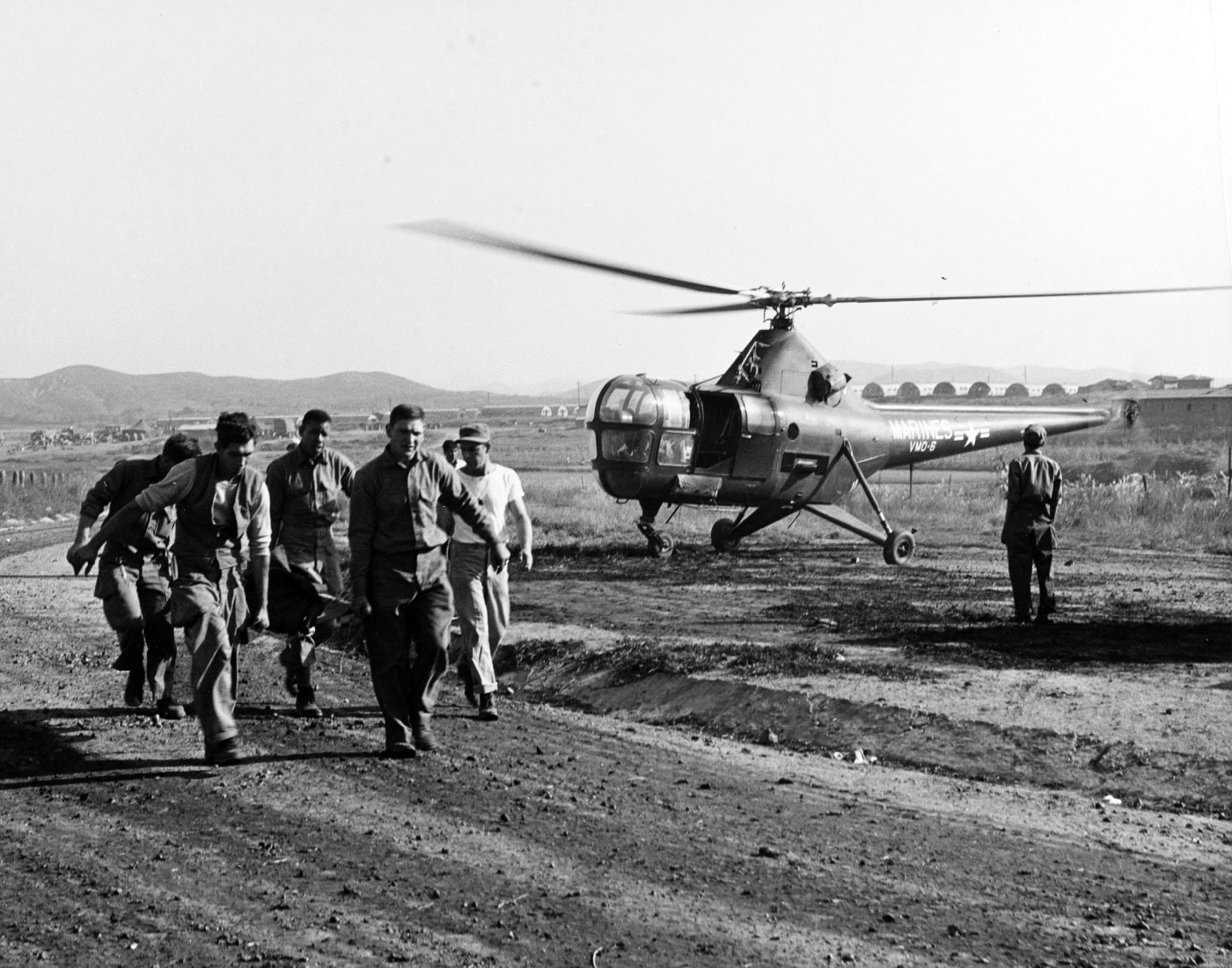
That’s really not hyperbole. The X-35 looks sleek, svelte, and lethal. By contrast, the X-32 looks like a gravid manatee. The homely X-32 really never stood a chance.
Ugly Helicopters
That same mantra applies to Army helicopters. I flew OH-58A/C Aeroscouts, UH-1H Hueys, CH-47D Chinooks, and AH-1S Cobra gunships back in the day. Anyone disparaging the striking good looks of the big CH-47D Chinook has clearly never seen one straight on or from the top. That is one seriously sexy beast. However, back in the mid-1940’s, helicopters were not quite so viscerally attractive. One of the homeliest of the lot was the Sikorsky H-5.
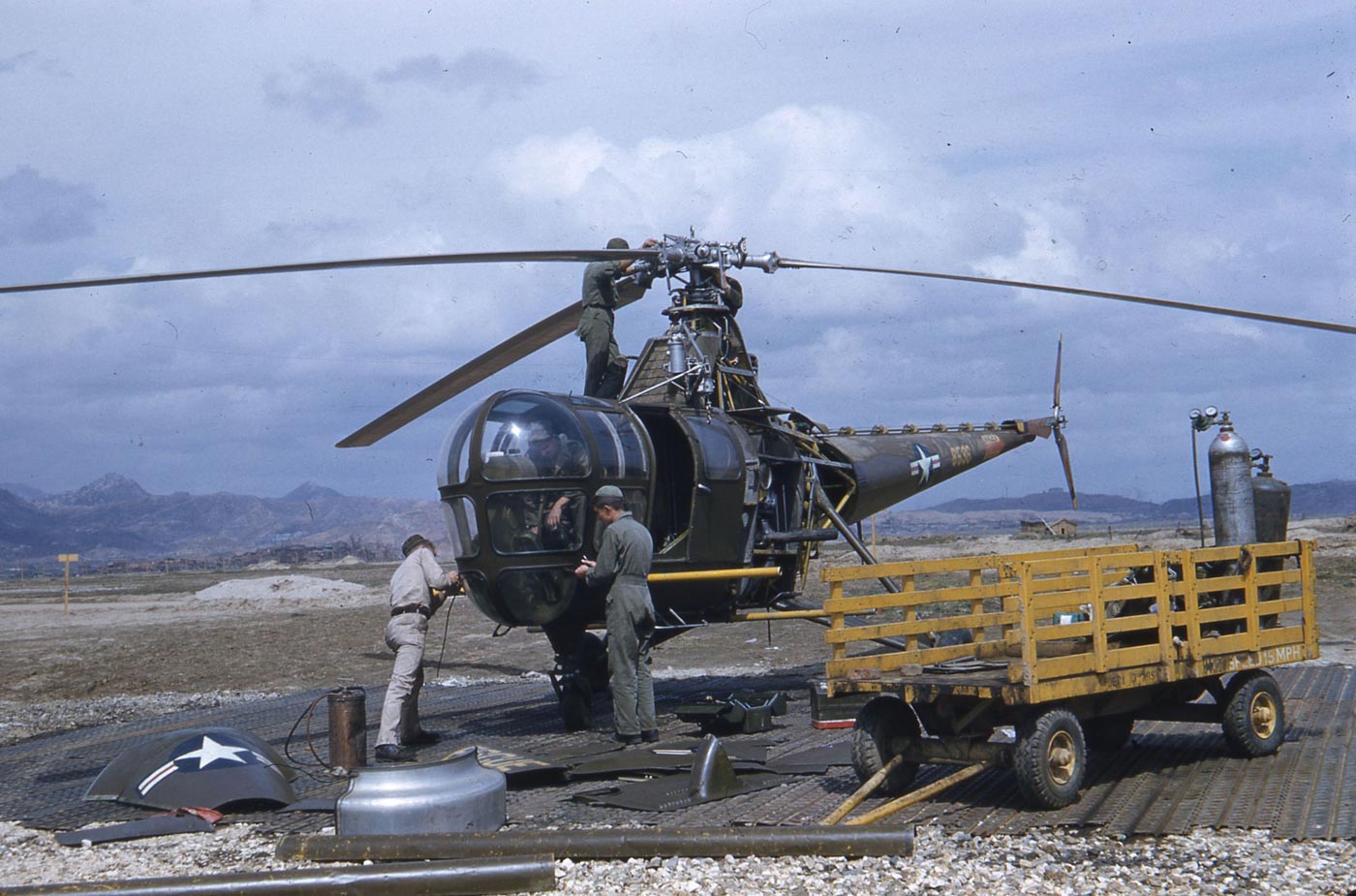
First flown on 18 August 1943, the R-5 was an evolutionary derivative of the previous ground-breaking R-4. The Sikorsky R-4 was simple to the point of being crude. Its fuselage was constructed from welded tube stock covered in doped canvas. It was also legendarily difficult to fly. Detractors referred to the R-4 as the “Flying Washing Machine.” However, the R-4 laid a foundation for much greater things to come.
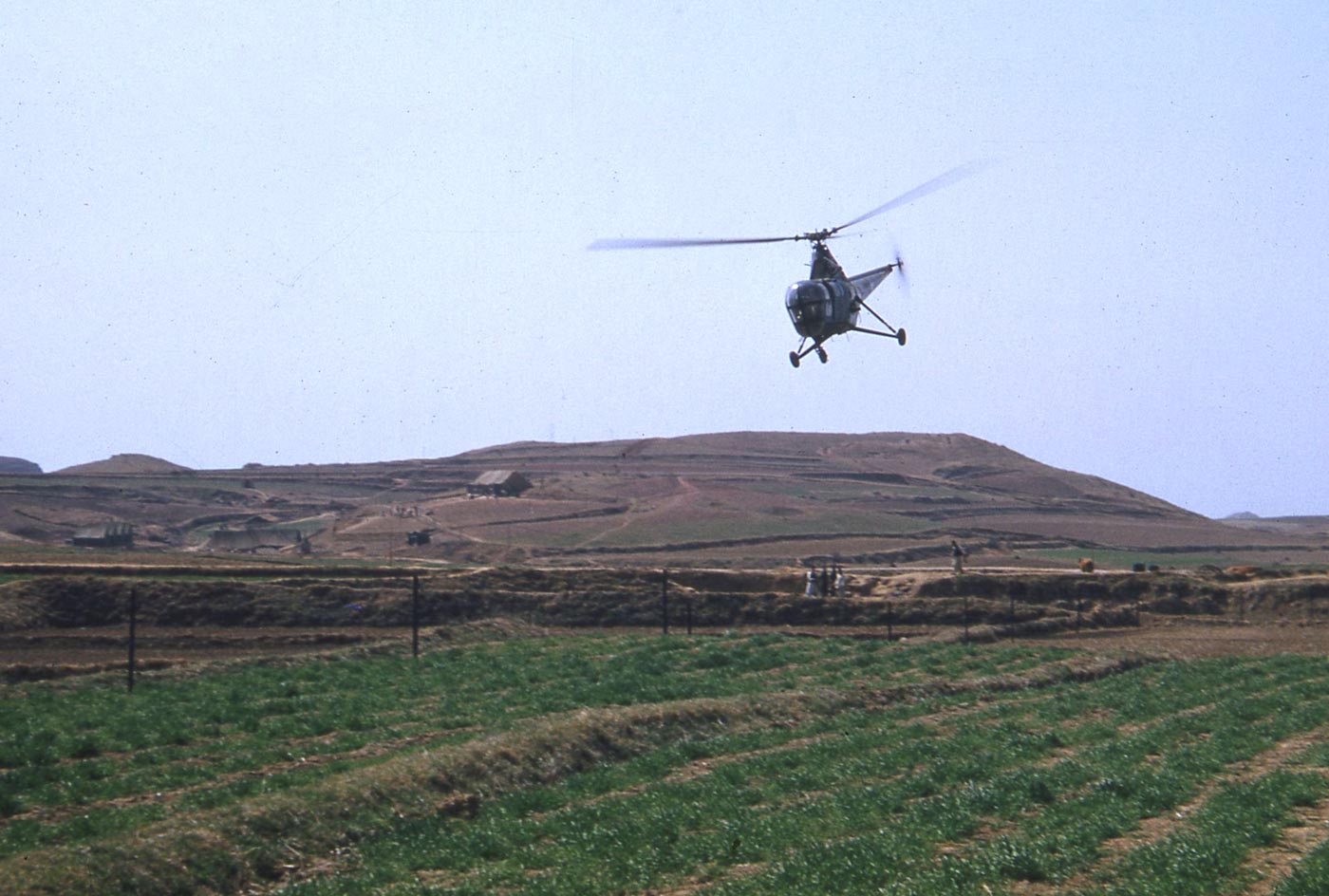
By contrast, the subsequent R-5 was a serious aircraft. Powered by a 450-horsepower gasoline-powered Wasp Junior radial engine, the R-5 sported a larger rotor system, an enclosed cockpit, and a modern stressed aluminum airframe. More than 300 were produced between 1944 and 1951. Though the aircraft did not see any significant action during the Second World War, it served with distinction in Korea.
Details
The R-5 came in two broad flavors. One carried two crewmen, and the other three. Both versions were terribly cramped. To lift those three people, they had to be in shirtsleeves.
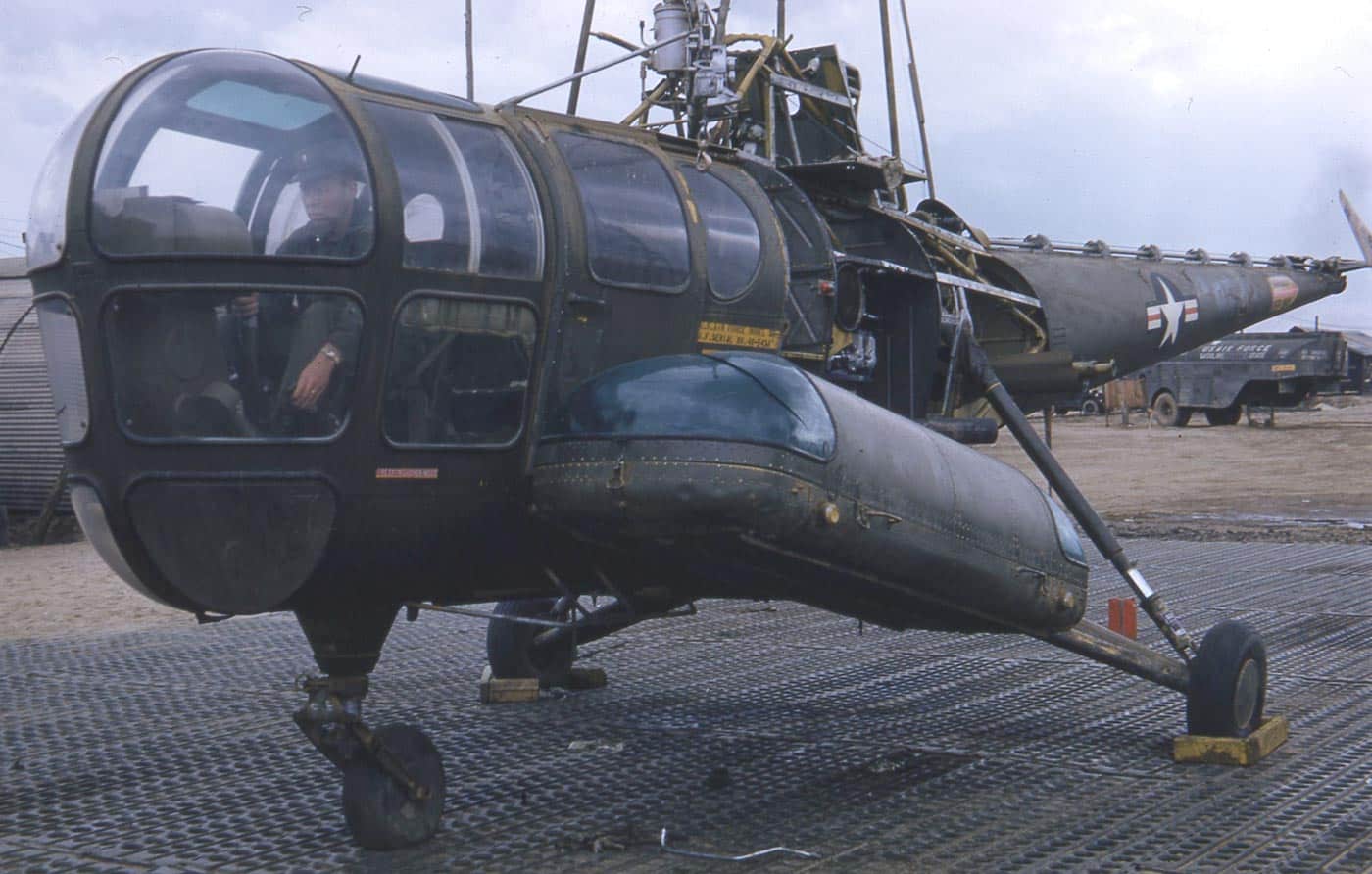
Early versions only had one set of flight controls, though later R-5’s sported two. One variant had a nosewheel, while another had four-point landing gear with wheels at both the nose and tail. The crewmembers sat one behind the other. That caused all sorts of problems.
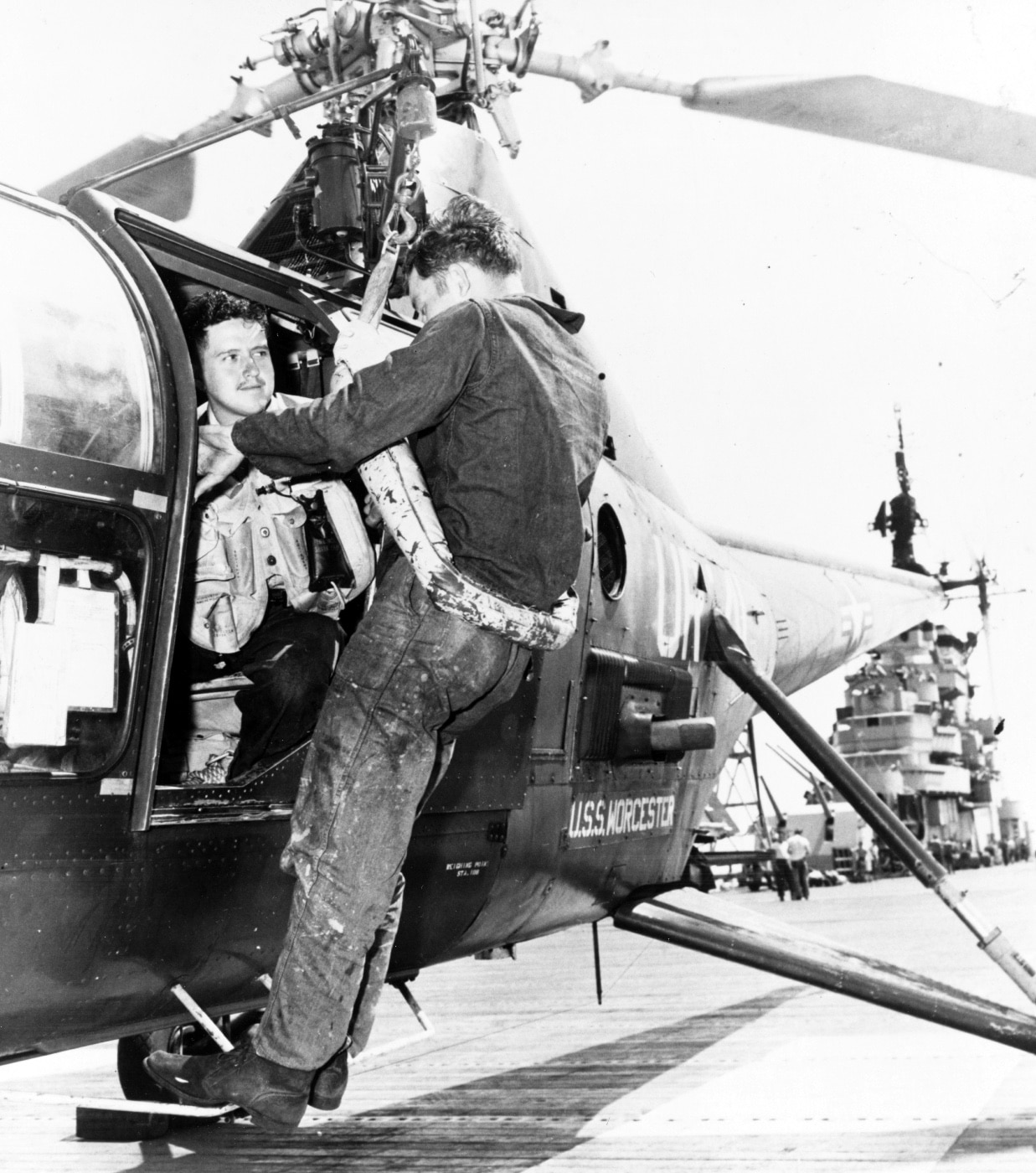
Flying machines live and die by their centers of gravity. In the case of the R-5, the CG limits were fairly narrow. Given that the crewmembers rode in tandem, that meant that flying the aircraft single-pilot was a nerve-wracking experience. Considering many of the R-5’s missions involved a pilot flying out alone to pick up somebody, that was actually a pretty big deal.
The answer was a pair of iron bar weights contained within canvas sacks. One weighed 25 pounds, and the other 50. When flying without passengers the two weights had to be secured alongside the pilot. If operating with passengers, the weight bags were stashed back in the baggage compartment. If they were lost or jettisoned the pilots were trained to go find a suitable rock. The R-5 would indeed fly a single pilot without the weights, but airspeed had to be restricted to 25 knots (29 mph) to ensure controllability. For a flying machine, that is indeed glacially slow.
S-51 — The First Commercial Helicopter
The civilian version of the R-5 was designated the S-51. On 29 June 1946, the S-51 became the first rotary-wing aircraft delivered for service to a commercial operator. Three airframes sold to Helicopter Air Transport for $48,500 apiece. That would be about $800,000 each in today’s money. These aircraft operated out of Camden, New Jersey, delivering mail and high-priority freight and passengers to nearby airports.
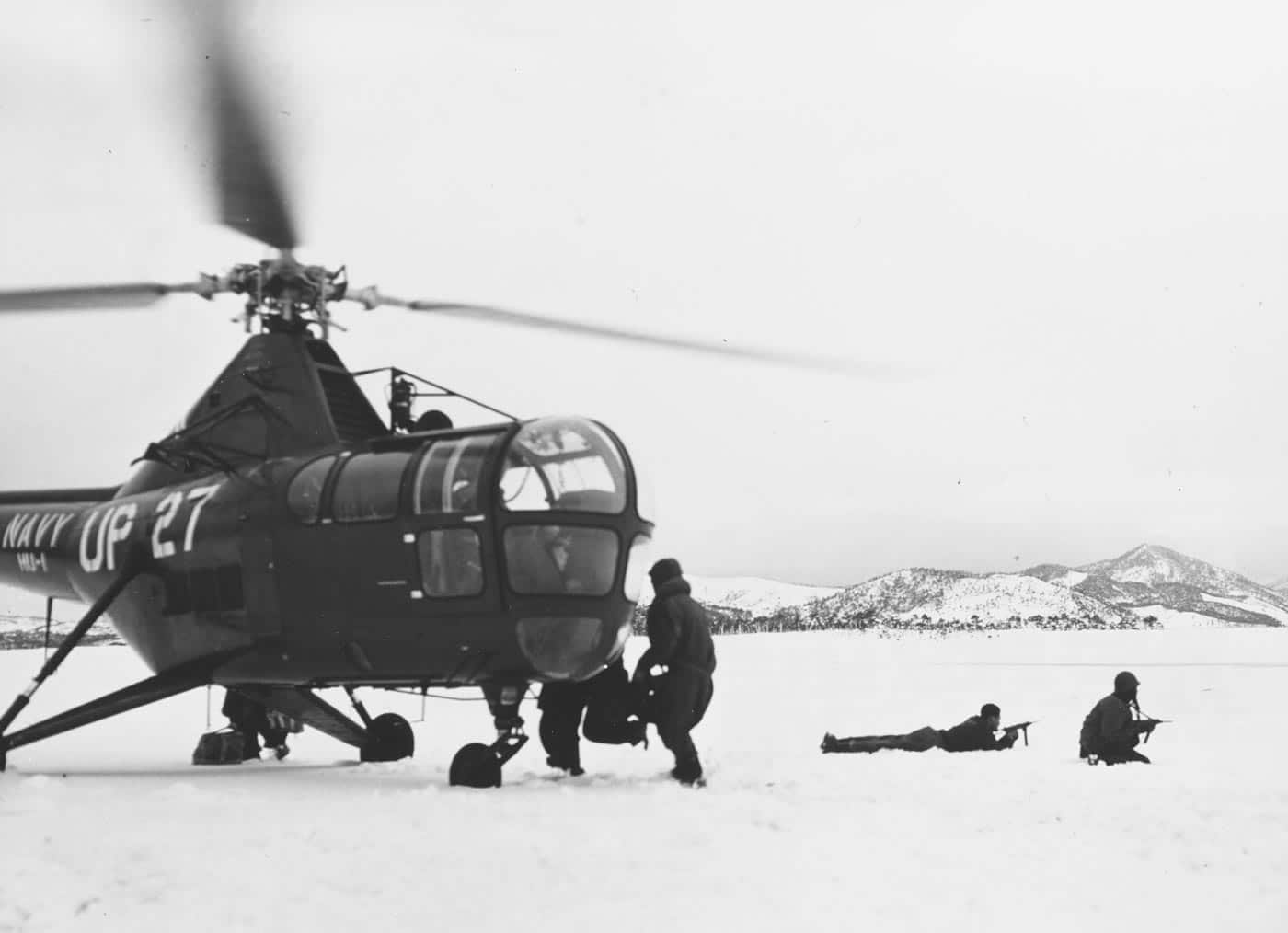
Meanwhile on the other side of the pond, Britain’s Westland Aircraft began producing their own version of the R-5 under license in the UK as the WS-51 Dragonfly. 133 Dragonflies were built using British 500hp Alvis Leonides engines. Beginning in 1950, British European Airways offered daily passenger service between Cardiff and Liverpool using their WS-51’s.
The Sikorsky H-5 Goes to War
Despite its homely demeanor, the H-5 was quite a serious helicopter. Four examples saw service during Operation Highjump, the U.S. Navy Antarctic Developments Program. Commanded by the legendary Rear Admiral Richard Byrd, Highjump established a thriving American presence in the frozen Antarctic wastes.
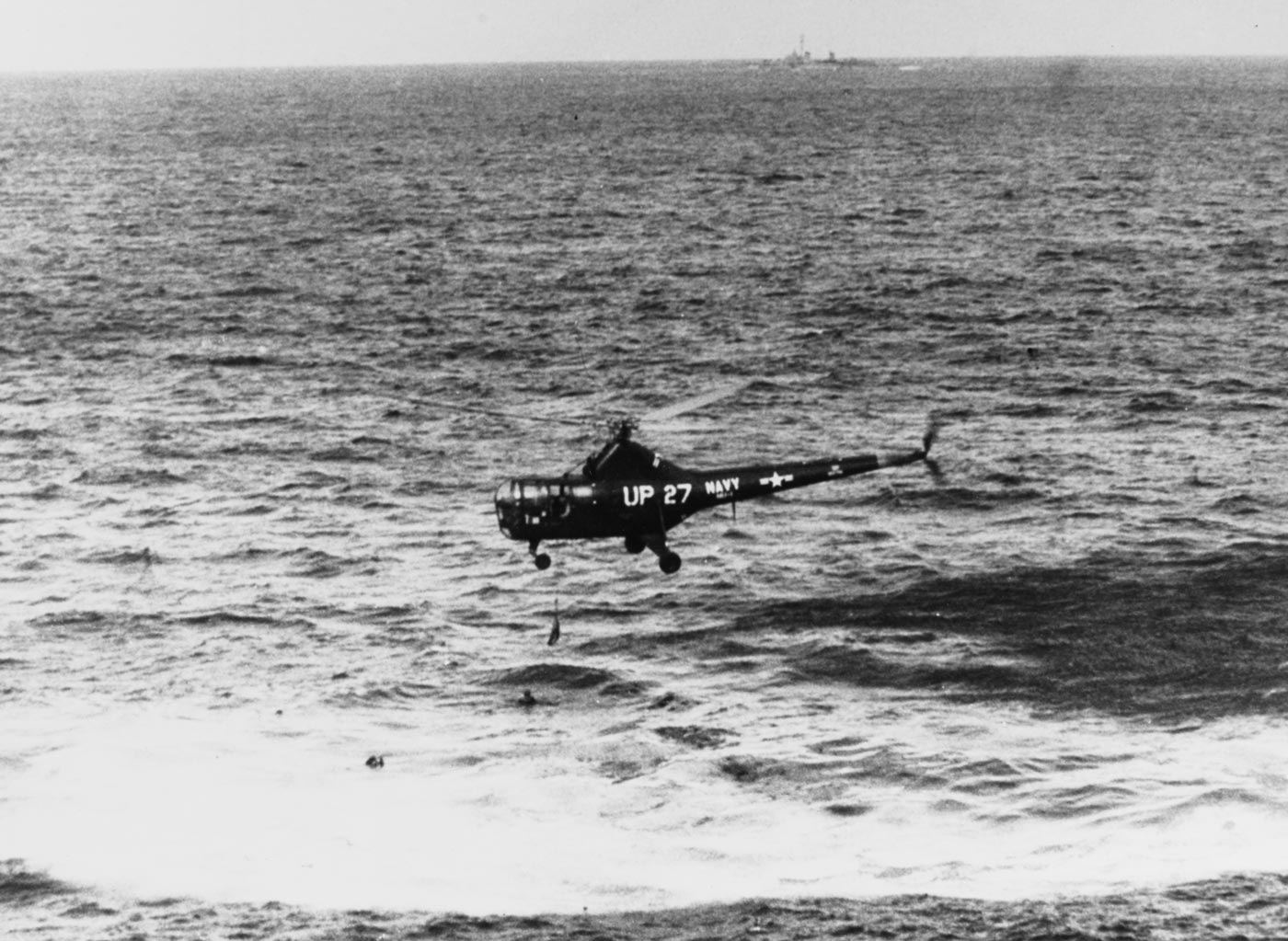
This complex military operation demonstrated the versatility of the helicopter as well as its ability to operate in harsh environments. The real contribution of the R-5, however, occurred on the Korean peninsula.
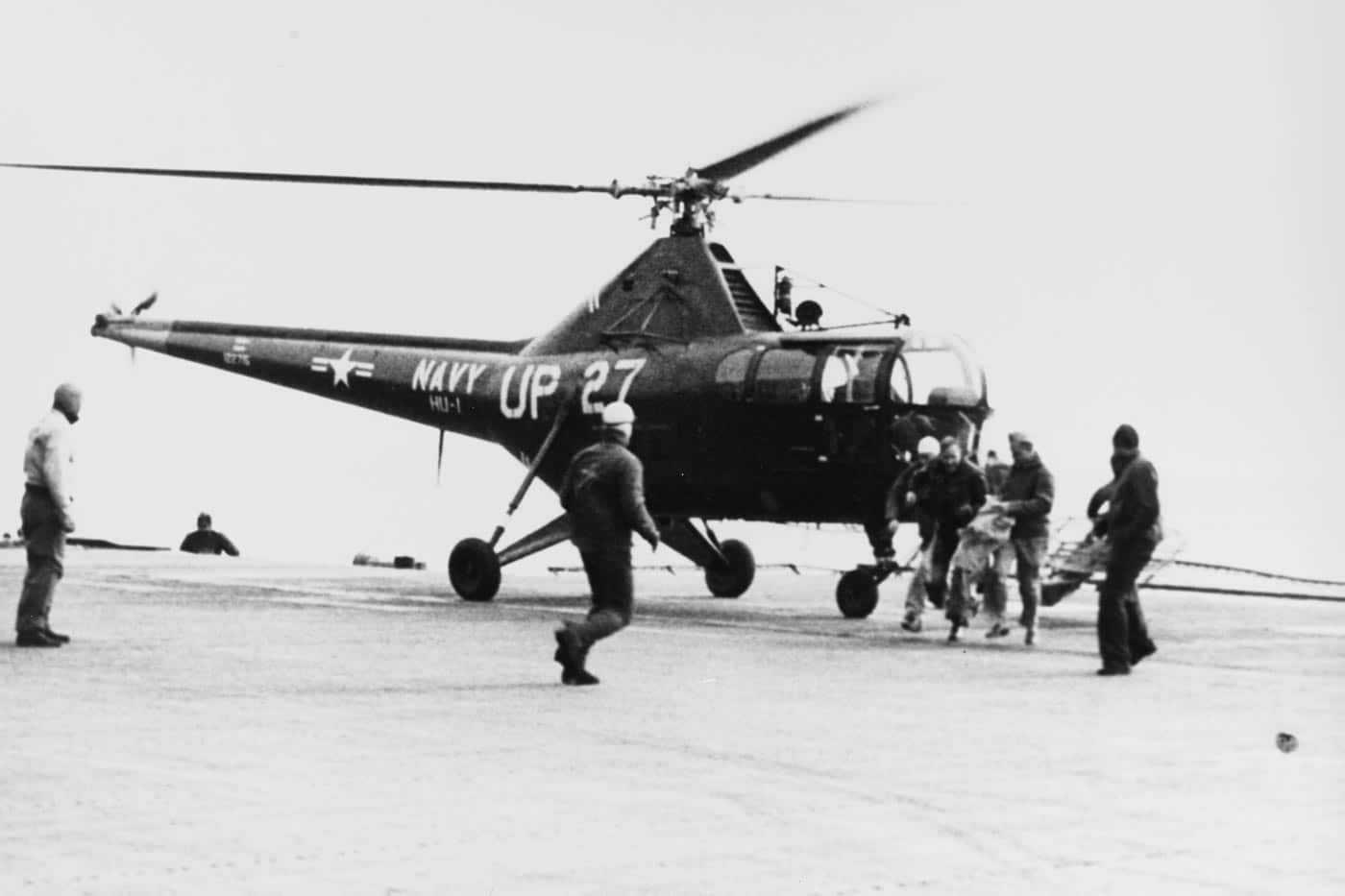
The Korean War was the first military conflict to see widespread use of helicopters for medical evacuation. Demand far outstripped supply, but the R-5 pulled its share of the load retrieving injured soldiers and downed pilots. Some examples were equipped with a rescue hoist that allowed the aircraft to make retrievals from rugged terrain unsuitable for landing.
Final Thoughts on the H-5 Helicopter
The Sikorsky R-5 looks vaguely like an anorexic sperm whale. It is also terribly crude by modern standards. I simply cannot imagine piloting such an austere machine into the sorts of places where people might be shooting at you. However, a great many pioneering aviators did just exactly that.
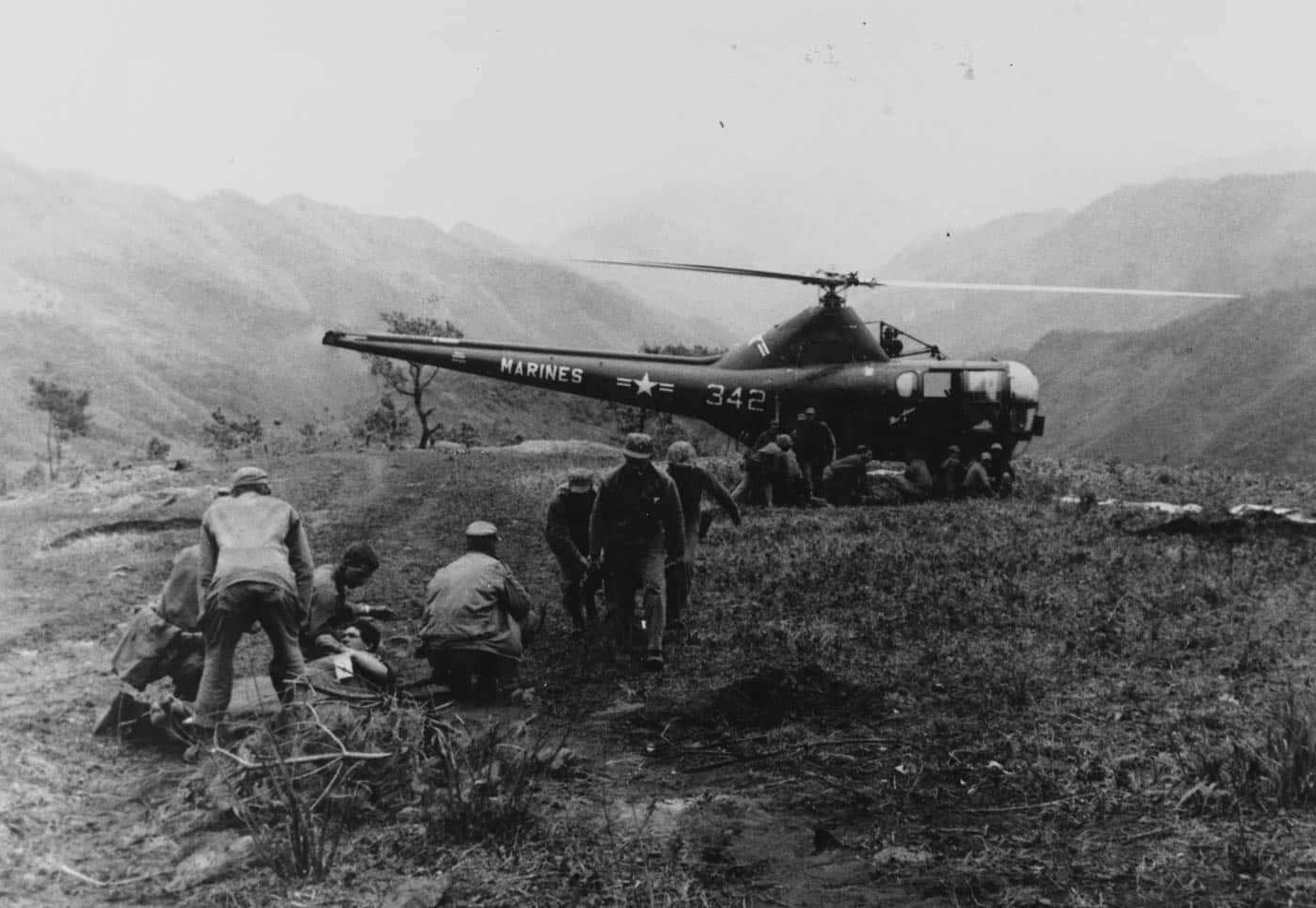
From the frigid Antarctic abyss to the full-bore warzones in Korea, the rickety, underpowered Sikorsky R-5 blazed a trail for generations of rotary-wing aviators to follow. I was one of them. In so doing they saved lives and pushed the boundaries of the art. The R-5 was indeed a pioneering machine.
Editor’s Note: Please be sure to check out The Armory Life Forum, where you can comment about our daily articles, as well as just talk guns and gear. Click the “Go To Forum Thread” link below to jump in and discuss this article and much more!
Join the Discussion
Read the full article here


